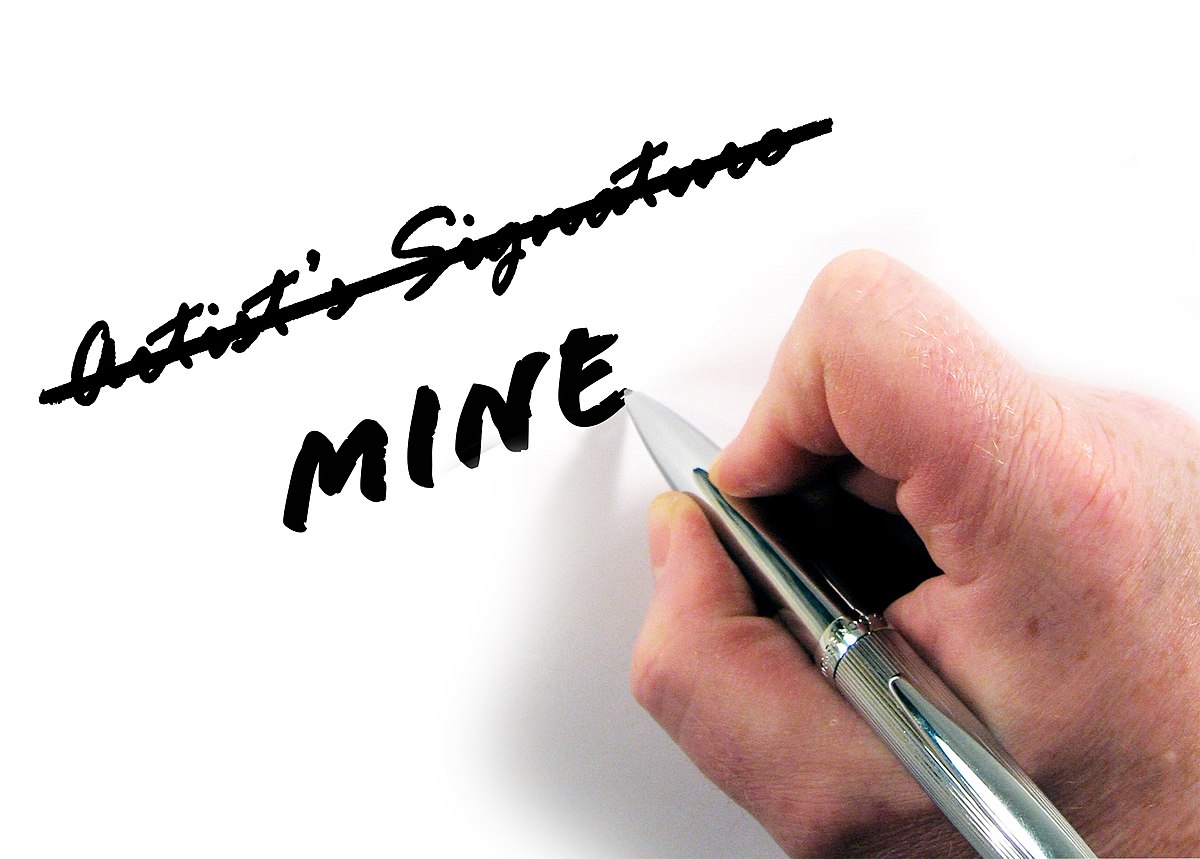Plagiarism involves any attempt to use the ideas, words, or work done earlier by other people, without giving them the credit. It is very important to remember when writing an article to cite all the resources you have used in your text. Most of the time, poor time management or time constraints force the researcher to steal large portions of content from other authors instead of spending time on background research and original writing. By searching for articles related to their subject and copying the entire paragraph from them and pasting them into a new document, the author compiles an article with or without any research to back it up, which eventually becomes the article they send to another journal.
In this short article, we will look at the types of plagiarism and their detection methods.
Various types of plagiarism
Plagiarism is not limited to words. It includes inserting the data (chart or even a photo ) without mentioning the source of idea. What is immoral is not borrowing itself, but using the findings of others without citing its original source.
Plagiarism can be categorized by
- Source (and self-plagiarism is one such category)
- Degree of plagiarism (verbatim plagiarism or sporadic plagiarism that refers to copying small pieces of text across the fuselage of a research paper)
- Type of content plagiarized (copying an image or any form of illustration, a table, an equation)
- Intentional or unintentional (the person who commits it knowingly or unintentionally performs it).
- Accidental or unwitting plagiarism occurs due to a careless mistake when writing down the references.
How to detect plagiarism
The easiest way to identify plagiarism is when a reviewer or journal editor finds that a submitted manuscript contains large passages quoted verbatim, or with very little modification, from a previously published work.
- The writing style varies considerably between passages in the submitted work,
- The level of English used is very different in different parts of the manuscript, or
- The reviewer is familiar with the plagiarized work.
In addition, many journals now use plagiarism detection software. Among the software available to detect plagiarism can be Crosscheck and iThenticate Noted.
Plagiarism is unethical and can jeopardize your research career. An accusation of plagiarism can, at best, leave the researcher with a reputation for sloppy and careless work. At worst, such an accusation can taint the researcher forever, with a reputation for indulging in scientific fraud.
Editing More than 200,000 Words a Day
Send us Your Manuscript to Further Your Publication.








Is ChatGPT Trustworthy? | Rovedar | Scoop.it says:
ChatGPT vs. Human Editor | Rovedar | Scoop.it says:
Enhancing Your Assignments with ChatGPT | Roved... says: